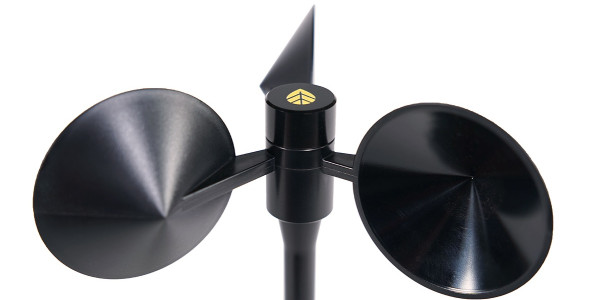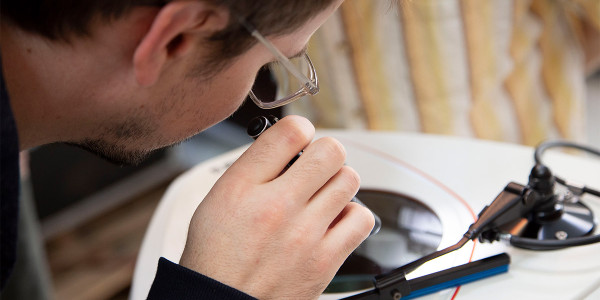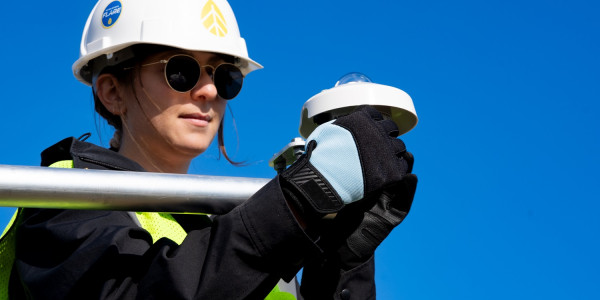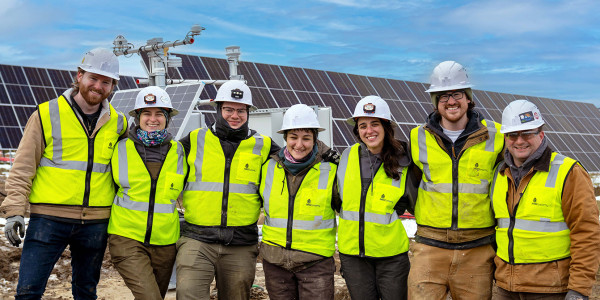May 10, 2011 | Engineering + Technology, Lean Manufacturing + Supply Chain,
As WINDPOWER 2011 grows closer and closer, I wonder what the “news” from the show will be. On one hand, we must acknowledge that wind energy has hit a trough in the U.S. New installed capacity in 2010 was down 40% from the prior year and it may take several years for annual installed capacity to get back up to 10 gigawatts (equivalent to 2009). On the other hand, it serves no one but the natural gas and coal industries to cast doubt on the future of wind energy. And besides, there are some silver linings, such as a growing number of wind farms under construction and the competitive price of wind.
What will the message be?
In Anaheim, how will we present ourselves to all the stakeholders – from financiers to policy makers – who are so important to our future? I suggest we adopt the tried and true message of continuous improvement from lean manufacturing.
At the company level, we know lean management practices work. Several of my colleagues: Phil Poeuch, Anna Grady and John Kerr have blogged on this very theme. We know a dedication to continuous improvement drives costs down and quality up. It also strengthens an organization from the inside out by putting people at the center.
But does this concept have relevance to an industry overall? I think it does.
Promising industry trends
Several trends within the industry support the principle of continuous improvement. First, technological improvements are improving the performance of wind. These include innovations in blade design, gear boxes and turbine reliability overall. Second, as more and more turbines in the U.S. come off warranty, there’s a growing focus on operations and maintenance (i.e. drawing efficiencies from existing machines.) And third, the price of wind is competitive with new natural gas.
Continuous improvement at the company level
At NRG Systems, we strive to incorporate the principle of continuous improvement into everything we do. For example, our new 80-meter XHD tilt-up tower is built on the same reliable platform as our 60-meter system, while incorporating bolted joints and other design features for a stiffer, stronger tower. Adding one or several 80-meter systems into a wind resource assessment campaign has shown to reduce uncertainty and help developers negotiate more favorable power purchase agreements. One small enhancement begets another.
Incremental improvements – whether they are at a company level or industry scale – may not seem enticing on their own. But in years when public policy fails us and external factors aren't fueling our growth, focusing on the things we can control, such as investing in innovation and efficiency, is the best way to go. Hopefully that will be the story of 2011 and the WINDPOWER conference. It’s time to rededicate ourselves to quality and excellence so that when the right policies lock into place, we’ll be ready and waiting.





